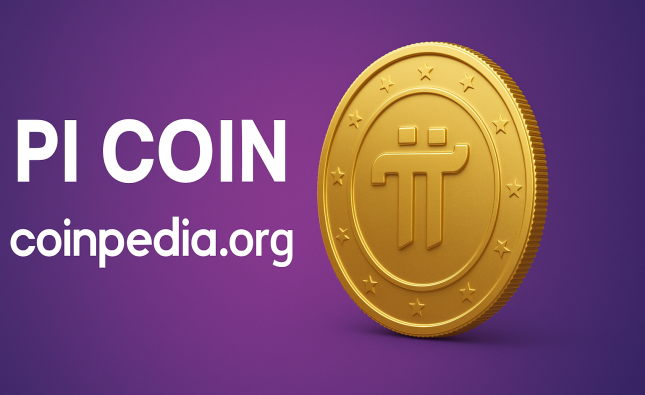
Chatbots are no longer a futuristic concept straight out of sci-fi movies. These conversational agents have become an integral part of our lives, changing the way we communicate with businesses and services online. From customer service to e-commerce, chatbots are revolutionizing various industries by providing instant support and personalized experiences. In this blog post, we will take a closer look at how the co-founders of Google DeepMind and LinkedIn are leading the way in chatbot technology and explore the benefits of using these AI-powered tools for your business. Get ready to step into the future!
What are Chatbots?
Chatbots are computer programs designed to simulate human-like conversation. They use natural language processing (NLP) and machine learning algorithms to understand user queries and provide relevant responses. Chatbots can be integrated into various platforms such as websites, messaging apps, social media channels, and voice assistants.
There are mainly two types of chatbots: rule-based and AI-powered. Rule-based chatbots follow a predefined set of rules programmed by their developers. They can only respond to specific keywords or commands entered by users. On the other hand, AI-powered chatbots use advanced NLP techniques to learn from user interactions over time and provide more intelligent responses.
Chatbots have numerous applications in business settings such as customer service, sales support, lead generation, appointment scheduling, and personalized recommendations. By automating routine tasks that do not require human intervention, companies can save time and money while improving customer satisfaction levels.
Chatbots offer an innovative way for businesses to engage with customers effectively in real-time while providing personalized experiences that meet their needs quickly without the wait times characteristic of traditional methods like email or phone calls.
How are Chatbots changing the way we communicate?
Chatbots are changing the way we communicate by providing a new and innovative platform for customer service. Instead of waiting on hold for hours, customers can now interact with chatbots to get their questions answered quickly and efficiently. Chatbots allow businesses to automate repetitive and time-consuming tasks, freeing up employees to focus on more complex issues.
In addition, chatbots offer 24/7 availability, ensuring that customers always have access to the information they need at any time of day or night. This is particularly beneficial in today’s global market where businesses operate across different time zones.
Moreover, chatbots provide personalized interactions based on customer preferences and past behavior. They can also analyze data to make recommendations or suggest solutions tailored specifically to each individual user.
Chatbots are revolutionizing communication between companies and consumers by providing a fast, efficient and personalized experience that meets the needs of modern-day consumers. As technology continues to advance rapidly so will Chatbot capabilities leading us into an exciting future with endless possibilities
Who are the leaders in Chatbot technology?
When it comes to chatbot technology, there are a few names that stand out as industry leaders. One of these is Demis Hassabis, the co-founder and CEO of Google DeepMind. He’s been at the forefront of AI research for years, and his team has developed some truly impressive chatbots.
Another leader in this field is Reid Hoffman, the co-founder of LinkedIn. As an early investor in many tech startups, he’s always had his finger on the pulse of emerging technologies like chatbots. In fact, he recently invested $15 million in x.ai, a company that offers AI-powered personal assistants.
Of course, we can’t forget about Mark Zuckerberg and Facebook’s Messenger platform. While not strictly a chatbot technology provider per se – they have created their own virtual assistant called M which uses machine learning to carry out tasks such as booking restaurants or buying flowers.
These are just a few examples of thought leaders who are pushing boundaries and paving the way for what promises to be one of the most exciting technological developments in recent history: intelligent conversational agents that augment our lives every day with helpful information communicated through natural language interfaces!
What are the benefits of using Chatbots?
Chatbots have become increasingly popular in recent years, and for good reason. There are many benefits to using chatbots in various industries. For starters, chatbots can save time and money by automating tasks that would otherwise be done manually. This means that businesses can focus on more important things like customer service or product development.
Chatbots also provide a more personalized experience for customers by providing immediate responses to their inquiries 24/7. This makes it easier for customers to get the information they need quickly without having to wait on hold or send an email.
Another benefit of using chatbots is that they can collect data about customers’ behavior and preferences, which can be used to improve products or services. By analyzing this data, businesses can tailor their offerings to better meet the needs of their customers.
In addition, chatbots can help streamline communication between team members within a business by automating internal processes such as scheduling meetings or sending reminders.
The benefits of using chatbots are numerous and varied depending on the specific industry and use case. From saving time and money to improving customer experiences and collecting valuable data insights, it’s clear that chatbot technology will continue to revolutionize the way we communicate with each other in both our personal lives and in business settings.
How to create a Chatbot
Creating a chatbot may seem daunting, but it is actually quite simple! Here’s how you can do it:
1. Determine the purpose of your chatbot: Before creating a chatbot, you need to know its purpose. Do you want to use it for customer service or lead generation? Knowing this will help you decide what kind of bot to create.
2. Choose a platform: There are many platforms available that allow you to create chatbots without coding knowledge. Some popular options include Dialogflow and Botpress.
3. Design your conversation flow: Your bot’s conversation should be engaging and natural. Create a flowchart of all possible scenarios so that users can easily navigate the bot.
4. Add responses and actions: Once your conversation flow is in place, add responses and actions based on user input. This could include sending an email or providing information about a product.
5. Test and refine: Test your chatbot with real users before launching it publicly, then make adjustments as necessary based on their feedback.
Remember that creating a successful chatbot requires ongoing maintenance, updates, and improvements over time!
Conclusion
To sum it up, chatbots are revolutionizing the way we communicate and interact with technology. They have become an integral part of our daily lives, from simple customer service inquiries to complex financial transactions.
The co-founders of Google DeepMind and LinkedIn have been at the forefront of this technological advancement, constantly pushing boundaries and exploring new possibilities in chatbot technology.
By implementing chatbots into your business or personal communication strategy, you can reap numerous benefits such as increased efficiency, improved customer engagement and satisfaction, cost savings, and more.
Creating a chatbot may seem daunting at first but there are many resources available for beginners to get started quickly. As you gain experience working with them you will find that they are adaptable to any industry or situation.
The future is here with advances in artificial intelligence allowing us to create smarter more intuitive experiences through Chatbots. It’s an exciting time for anyone interested in developing their skills on the cutting edge of this rapidly advancing field!










